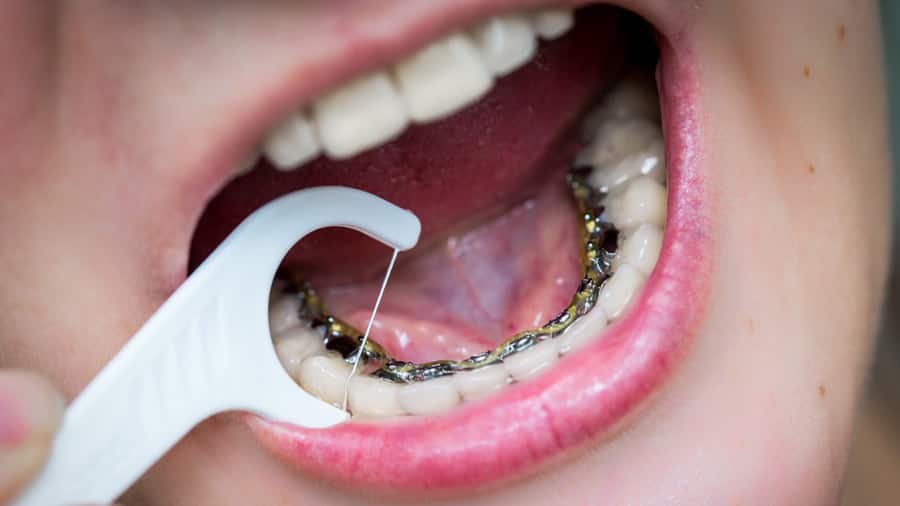You can treat bite issues and mild to severe misalignment with lingual braces. This option for straightening your teeth is quite aesthetically pleasing. A device known as a lower lingual holding arch serves as a “space maintainer” by holding the empty space in the lower dental arch. Similar to traditional braces, lingual braces are entirely undetectable.
These braces are well-liked since kids and adults prefer using them over conventional braces for a prolonged period. Lingual braces are invisible because orthodontics specialists of Florida attach them to the backs of the teeth and operate in the same way as traditional braces. It is the ideal option because some people dislike having their braces on display.
How different are lingual braces in comparison to other methods?
These braces are invisible from the outside. You don’t need to remember to wear lingual braces because dentists fix them permanently in your teeth to straighten them. Compare it to other braces that provide a similar treatment type, like Invisalign. Invisalign offers a tray-style straightening approach, indicating that it is temporary and must be used for a specific amount of time to be successful.
Plastic-based Invisalign occasionally is unable to resolve severe tooth problems. Additionally, since lingual braces Miami need adjusting and tightening every six to eight weeks, you might need to visit your orthodontist more frequently for checkups.
What are the food limitations and hygiene essentials for lingual braces?
Unsure of what to eat when wearing lingual braces? You must avoid hard and sticky foods because they can adhere to the back of the braces and be challenging to brush away. Apples and maize can damage braces, while sticky foods like caramel and chocolates can stick to them and make it difficult to remove them.
So what can you eat with lingual braces?
You can eat foods that are soft and simple to chew, such as cheese, yogurt, and other dairy products. With lingual braces, you can consume bread, softer fruits and grains that are simple to swallow, fish, and vegetables. Cleaning lingual braces might be difficult because they position them at the back of the teeth, and to clean them, you might get a tiny dentist’s mirror.
What are the difficulties with lingual braces?
You might have trouble speaking until your teeth adjust and you become used to them appropriately. It can irritate the tongue to run it over the brackets repeatedly. While it can last a few days, the discomfort will pass shortly. It is clear to be annoyed since brackets are unique. Your gums and cheeks won’t come into contact with the brackets and won’t be irritated, which is one of the advantages of braces.
Do lingual braces offer more flexibility?
Since the dentist does not apply them to every tooth, they offer more versatility. Your dentist who does affordable braces Miami will only use braces on one tooth if you have an alignment issue with that one tooth. It offers financial flexibility and is an inexpensive set of braces. Your dental problem will determine the course of treatment.
Conclusion
We hope the above-provided information will help you learn some beneficial aspects and factors regarding lingual braces. For further information, please visit ivanovortho.com.







